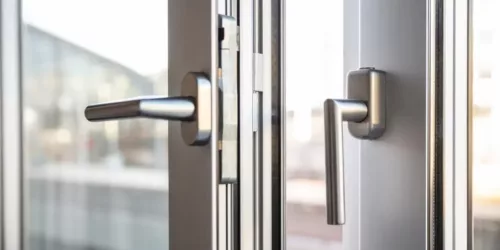A Complete Guide to Installing Window Trickle Vents
- Why are trickle vents in windows?
- How to install trickle vents into existing windows
- Stopping condensation, damp and mould with window trickle vents
Whether you’re wondering why they exist or are looking to install window trickle vents yourself, they are important elements to any home. By allowing a minimum level of background ventilation, they permit fresh air to circulate throughout the home without compromising on security.
This article will explain everything about trickle vents for your windows. From why they are needed, to the sizes they are required to be by Building Regulations, this article will give you all you need to know. It will also explain how you can go about fitting them yourself in case you are eager to try.
Looking to replace your old windows? Why not fill in your details for a quote from a local supplier? Our form only takes a minute to complete, so try it out and see.

What's On This Page?
Click the links below and head straight to a specific section of the article.
What Are Window Trickle Vents?
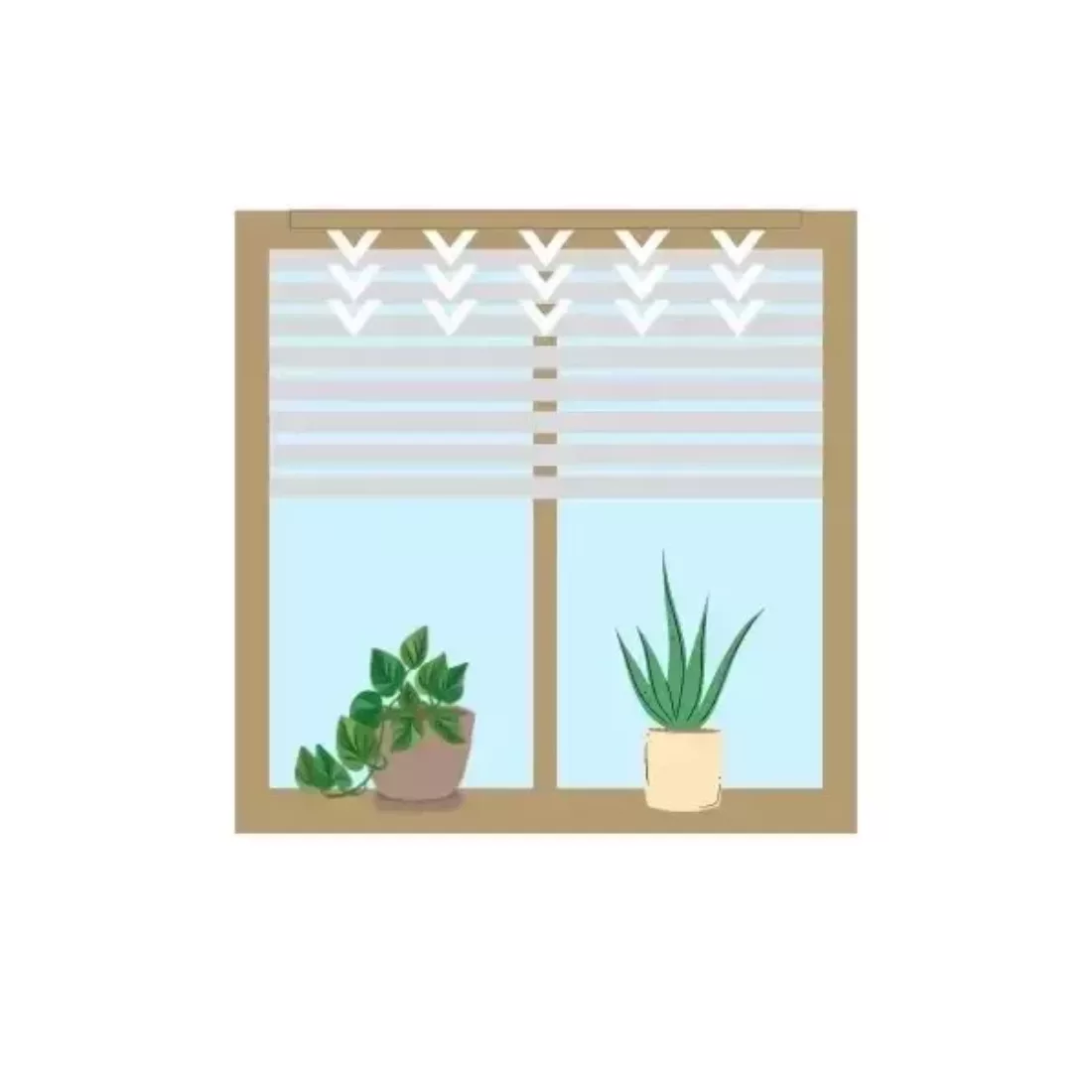
Trickle vents are essentially closable air passages at the top of windows, or external doors, that allow fresh air to pass through. Due to the advances in building techniques and insulation, air tightness has only improved, leading to warmer homes.
The downside to this is that excess moisture produced by daily activities, such as washing and bathing, has nowhere to go, which leads to humid conditions. A window trickle vent is designed to provide a constant flow of air in order to prevent excess humidity and allow it to escape the home, without compromising on comfort.
Window trickle vents should be left open, so you can retain heat in your home effectively without having to open windows completely (or at all). New windows that are installed will have trickle vents fitted as standard, thanks to an update to Building Regulations in 2022. A certain level of background ventilation is necessary in order to remove pollutants and maintain a healthier living environment.
Do I Need Trickle Vents?
Without these window trickle vents, modern homes would be unsafe to live in. This is because of the improved air tightness and superior insulation compared to older homes. By not having window trickle vents, a home would suffer from poor air quality. This is linked to lung disease and an increased risk of stroke or heart issues.
If you’re lucky enough to live in a relatively new build property, you may have mechanical ventilation with heat recovery (MVHR) installed. This provides continuous background ventilation whilst retaining the heat that would otherwise be lost from expelled air. With an MVHR unit, you do not need window trickle vents as it is in constant operation to provide fresh, filtered air.
Do Trickle Vents Stop Damp?
Door and window trickle vents are effective at reducing condensation, which can lead to damp and mould. Areas around windows and external doors can be prone to a build-up of condensation, which, if left untreated, develops into damp and provides the perfect conditions for mould to thrive.
Allowing mould and damp conditions to persist in your home presents additional health problems. According to the NHS, if you live with mould or damp, you are more likely to suffer from respiratory problems or, in extreme cases, issues with your immune system. Younger members of the household are more at risk, which is one reason why window trickle vents should be considered for any home. Superior airflow supports healthy living for all occupants.
Installing Trickle Vents
If you are looking to install a trickle vent in a window, you must be aware of the stipulations in place. Any windows that are replaced, whether they previously had trickle vents or not, will need to have them fitted. If you’re having windows installed by a professional, they will do this for you as it’s a legal requirement. If you’re opting to replace windows yourself, you will need to make sure you install window trickle vents at the same time.
Minimum Requirements for Window Trickle Vents
According to LABC, one of the UK’s leading new home warranty providers, the minimum requirements for background ventilation can be seen in the graph below.
Less time will be spent in wet rooms, such as bathrooms and ensuites, so 4,000mm² is the minimum that is needed for a single window trickle vent for any sized property. This is simply 440mm x 21mm, so a trickle vent in your window is not as big as it might first seem. A single storey home has a strict 10,000mm² requirement for both the kitchen and habitable rooms as this is where the majority of personal time will be spent.
These measurements depend on the number of storeys there are, as single storey buildings need bigger window trickle vents than buildings with multiple storeys. Having said that, homes that have a continuous mechanical extract ventilation (MEV) installed are able to fit much smaller trickle vents, as they can benefit from permanent background ventilation already. These are usually fans that operate continuously in the background.
If you are replacing your current windows, you may be tempted to try and make the vents smaller. The bottom line is, window trickle vents can be no smaller than the ones currently fitted. In other words, the ventilation system needs to be no worse than it was before. The original windows are a good indicator of what size you will need, but it’s also best to check their measurements against the new trickle vents.
Can You Install Trickle Vents to Existing Windows?
Yes. If you don’t currently have window trickle vents, you are able to do this yourself to promote healthy living with fresh, breathable air. All that’s required is holes to be drilled into your window frame. This can be done, providing you’re conscious of the material of your window. For example, a uPVC frame will require a high speed metal drill bit, whereas a timber frame will require a wooden drill bit.
Aluminium window trickle vents are trickier, as they tend to be fitted as concealed units when the window is fitted. You may need to check what materials are used throughout the frame before you start drilling.How to Install Window Trickle Vents Yourself
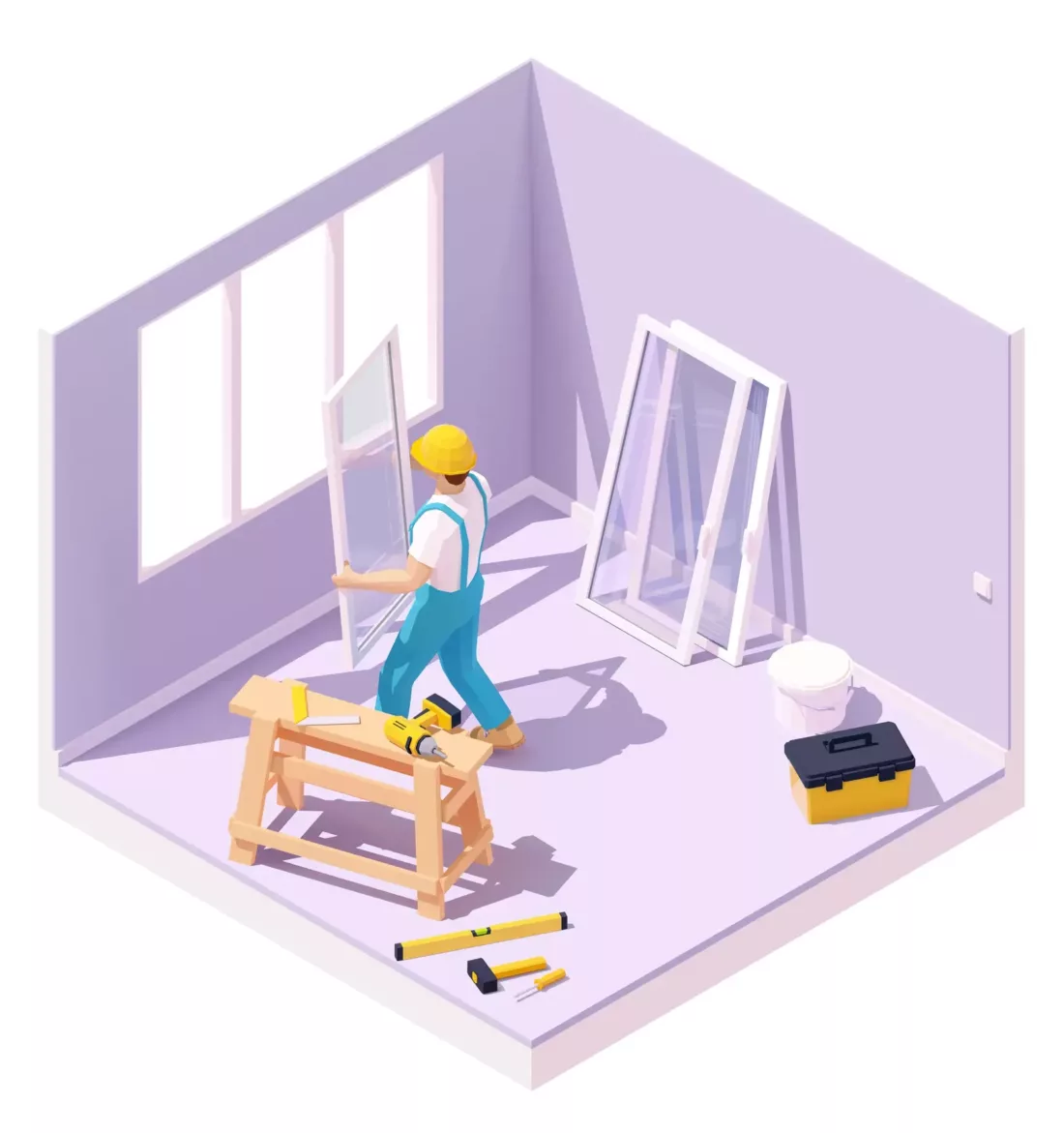
After you’ve selected your trickle vents, you’ll need to measure them against your window frame. A central point should be marked on both the inside and outside surface. The window trickle vents provide you with a level line to mark the area in which they’ll sit.
Once happy with its position, you’ll need to drill through the surface using a suitable drill bit for the window frame material. Drill a pilot hole from both the inside and outside, making sure the holes meet.
A top tip is to mark your drill bit half of the thickness of your window frame with duct tape or something similar. This way, you won’t have additional holes in your window if you got your calculations wildly wrong. Before you safely drill, measure and remeasure where the window trickle vents will go.
Once you’ve drilled the holes, now’s the chance to clean them up and sand down any unsmooth surfaces. You only need to affix the window trickle vents to the holes, typically with screws, and then you can leave them to perform as intended.
Just remember that there’s both an internal and external part to trickle vents, designed to limit the weather effects and stop insects and bugs that might otherwise use them as entry holes. You won’t want to attach the interior side to the external window surface or vice versa as this will affect how well it performs.
Here's everything you need to know before installing new windows in your home.
Is It Better to Install Window Trickle Vents or Replace the Whole Window?
This can depend on a number of factors, including:
The age of the window
Where condensation is appearing
What ventilation system is already in place
Windows lose efficiency as they age, which affects how much heat they let through and how effective they are at tackling condensation. If your windows are at least 10 years old, it could be worth your while to replace them, which will give you window trickle vents as standard. A relatively new window could have the vents replaced, if they’ve been damaged or aren’t performing as well as you’d like.

Condensation appearing between the glazing is indicative of a fault, which needs to be repaired or replaced. Installing window trickle vents will not remove this problem as the gas infill has simply failed, either because of a leak or a sealant failure. Again, if your windows are past their best, it could work out much more energy efficient to simply have them replaced.
If you are against installing trickle vents, you could make use of MEV in order to minimise the size you’d have to have installed when you come to replace your windows. If you’re replacing more than a third of your window at any one time, it will need to have trickle vents installed regardless.
Going down the MEV route is much more expensive, as the ducts will need to be installed within the walls and ceilings, driving up labour costs and being more invasive overall. This is generally why new builds have MEV or MVHR installed at the point of construction; retrofitting is quite tricky.
I Don’t Want Trickle Vents in Windows
Some homeowners are against window trickle vents because they are put off by the necessary ventilation. A question often asked is whether a waiver or disclaimer can be signed that specifies they don’t want them installed. Unfortunately, this is not possible, even if you agree to install them at a later date. To be signed off, the window installation must comply with Building Regulations, which means fitting suitable ventilation. It can’t be worse than it was before.
There is no loophole for getting around this legally required fitting. Window trickle vents are designed with modern buildings and specifications in mind. Providing homes are properly insulated, an adequate amount of fresh air needs to be supplied at all times.
Are you looking to replace your windows? We can supply you with tailored quotes for your area. Start by clicking on the button below.
Related articles
View all Glazing articles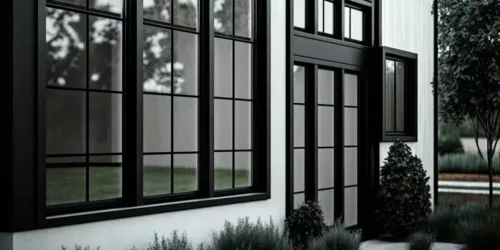
How Much Would It Cost to Double Glaze a 3 Bedroom House?
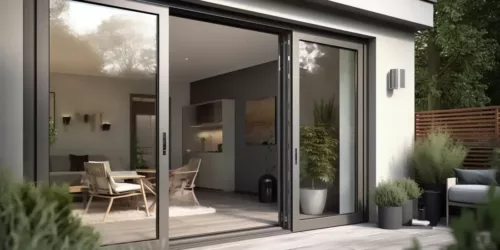
A Complete Guide to Double Glazing Doors

Replace Your Double Glazed Unit - A Useful Guide
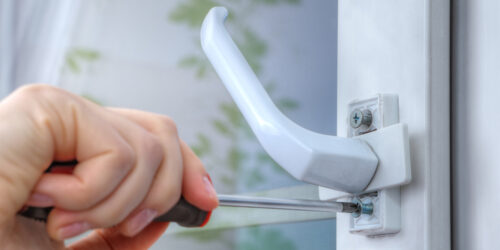
Double Glazing Repairs – All You Need to Know
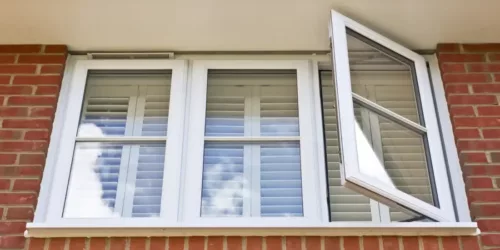
Trickle Vents in Windows: Are They Still Needed?

Energy Efficient Windows: A Guide To Better Window Energy Efficiency
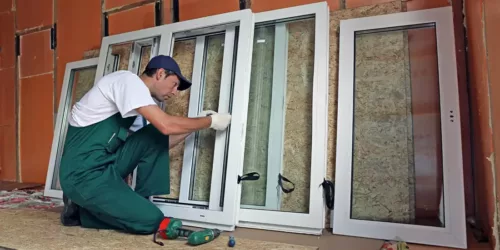
Double Glazing Repair – Is It Worth It?
